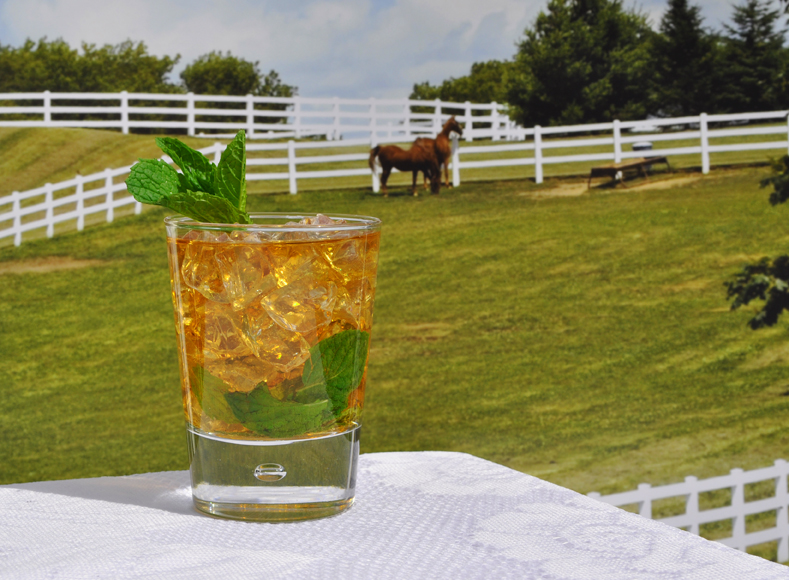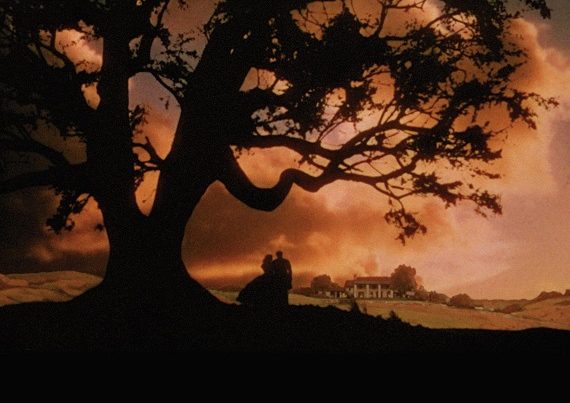
There are disagreements on the subject, but I wholeheartedly believe that Bardstown, Kentucky is “where bourbon was born.” Many of the first bourbons, however, were variations on old rye whiskey recipes brought to the Bardstown area by settlers from Maryland. Among them were people named Dant, Mattingly, Medley, Wathen, Pottinger, Miles, Willett and Beam, all families associated with the earliest days of the distilling of bourbon, the most renowned of American spirits. After their arrival in their new home, the Marylanders began to modify their rye whiskeys by adding a high corn mash bill because that crop was widely available. Corn must be the main ingredient (51%) in order for a whiskey to be called bourbon. (Should anyone think that rye whiskey is of Northern derivation, George Washington was one of “the highest producing” distillers of this liquor from 1797 to 1799.[i] )
For many generations now, Marylanders have sat in old wicker chairs sipping bourbon and branch water on warm summer evenings. And they have used bourbon in cooking and in preparing eggnog and mint juleps (although some would argue that rye is better for juleps). Out of nostalgia and family pride, I choose Old Grand-Dad for fruit cake flavouring and for my eggnog—I cook the eggs with the bourbon. Basil Hayden, Old Grand-Dad himself, was born in my home county of St. Mary’s. A descendant of the Haydens, I am probably collateral kin to Basil. He struck out from the Mother County of Maryland in 1793 and settled near Bardstown as did many others from St. Mary’s. Nowadays Jim Beam produces both Old Grand-Dad and the smoother, and much more expensive, Basil Hayden Small Batch Bourbon.
The origin of the mint julep is another matter of debate. As early as 1803, however, a British visitor to the Old Dominion named John Davis wrote about his host’s serving him “a dram of spirituous liquor that [had] mint steeped in it, taken by Virginians of a morning.”[ii] But in Maryland, Virginia’s once beloved little sister state, the julep has also long been a symbol of hospitality. The kindly—but doomed— Mrs. Mary Surratt was known to have brought out a tray of juleps to travel-weary passengers when a stagecoach stopped to pick up the mail at the Surratt Inn and Post Office in Southern Maryland. Below, in a letter dated 1937, is one Marylander’s recipe for the old Southern restorative. I have quoted the letter with the kind permission of the Hammond-Harwood House Association, Annapolis, Maryland, publisher of the cookbook Maryland’s Way.
“Fort George Meade, Md.
March 30, 1937
My dear General:
“Your letter requesting my formula for mixing Mint Juleps leaves me in the same position in which Captain Barber found himself when asked how he was able to carve the image of an elephant from a block of wood. He replied that it was a simple process consisting merely in whittling off the part that didn’t look like an elephant.
“The preparation of the quintessence of gentlemanly beverages can be described only in like terms. A mint julep is not the product of a formula. It is a ceremony and must be performed by a gentleman possessing a true sense of the artistic, a deep reverence for the ingredients and a proper appreciation of the occasion. It is a rite that must not be entrusted to a novice, a statistician nor a Yankee. It is a heritage of the old South, an emblem of hospitality and a vehicle in which noble minds can travel together upon the flower-strewn paths of happy and congenial thought.
“So far as the mere mechanics of the operation are concerned, the procedure, stripped of its ceremonial embellishments, can be described as follows:
“Go to a spring where cool, crystal-clear water bubbles from under a bank of dew-washed ferns. In a consecrated vessel, dip up a little water at the source. Follow the stream through its banks of green moss and wild flowers until it broadens and trickles through beds of mint growing in aromatic profusion and waving softly in the summer breeze. Gather the sweetest and tenderest shoots and gently carry them home. Go to the sideboard and select a decanter of finest Bourbon, distilled by a master hand, mellow with age yet still vigorous and inspiring, an ancestral sugar bowl, a row of silver goblets, some spoons and some ice and you are ready to start.
“In a canvas bag, pound twice as much ice as you think you will need, make it fine as snow, keep it dry and do not allow it to degenerate into slush.
In each goblet, put a slightly heaping teaspoonful of granulated sugar, barely cover this with spring water and slightly bruise one mint leaf into this, leaving a spoon in the goblet. Then pour elixir from the decanter until the goblets are about one-fourth full. Fill the goblets with snowy ice, sprinkling in a small amount of sugar as you fill. Wipe the outside of the goblets dry and embellish copiously with mint.
“Then comes the important and delicate operation of frosting. By proper manipulation of the spoon, the ingredients are circulated and blended until Nature, wishing to take a further hand and add another of its beautiful phenomena, encrusts the whole in a glistening coat of white frost. Thus harmoniously blended by the deft touches of a skilled hand, you have a beverage appropriate for honorable men and beautiful women.
“When all is ready, assemble your guests on the porch or in the garden, where the aroma of the juleps will rise Heavenward and make the birds sing. Propose a worthy toast, bury your nose in the mint, inhale a deep breath of its fragrance and sip the nectar of the gods.
“Being overcome by thirst, I can write no further.
Sincerely,
S. B. Buckner, Jr.”
[i] “The History of Rye Whiskey,” jackdaniels.com
[ii] “Spirited History: The Origins of the Mint Julep,” May 1, 2015, The Tasting Room, liquorandwineoutlets.com






I love this letter, thank you so much for sharing.
So glad you enjoyed it Mr. LeBeau. Joyce